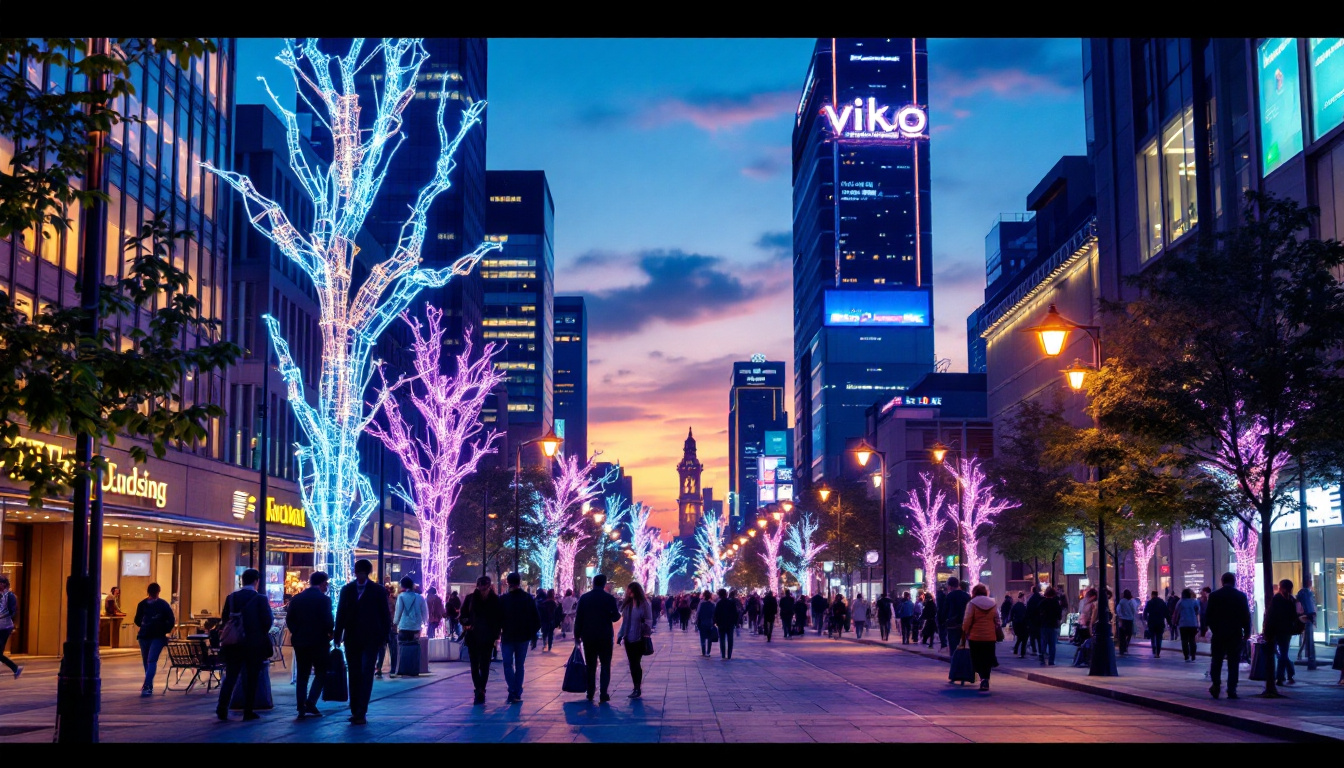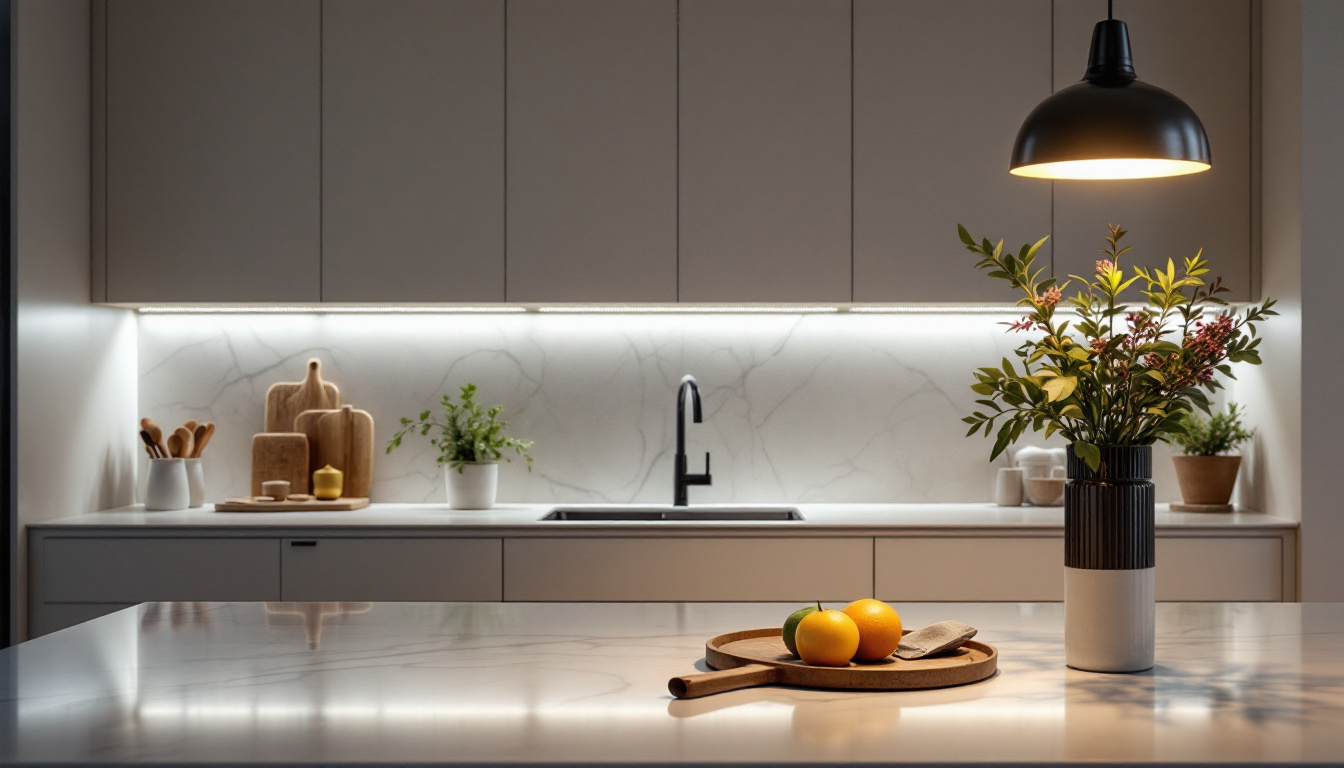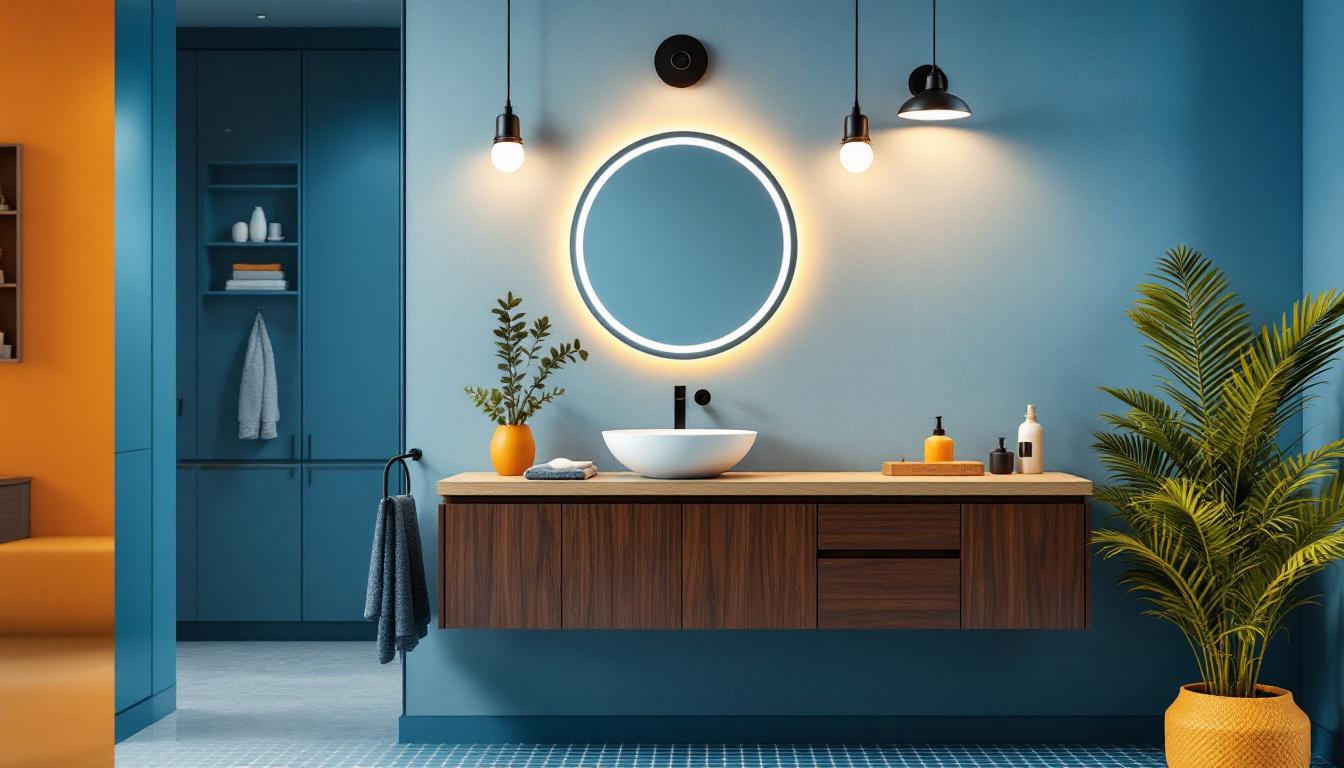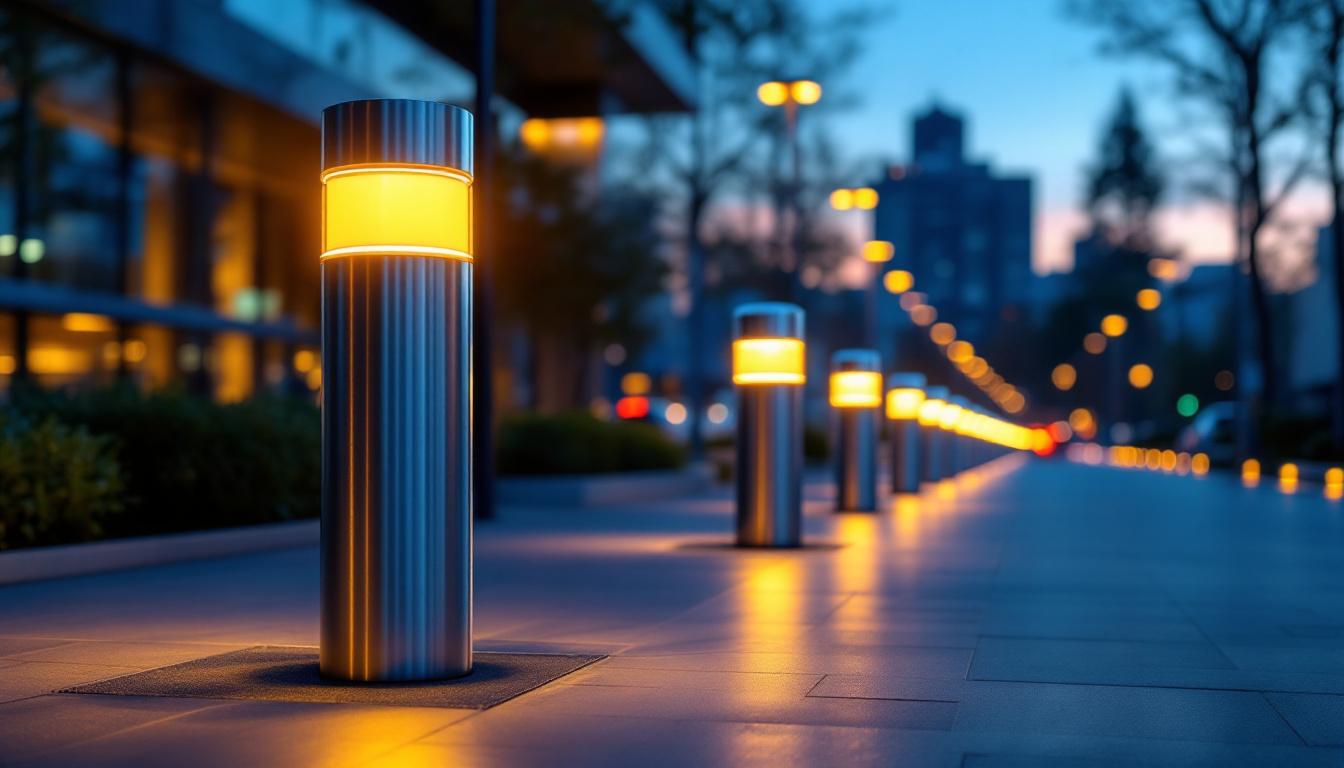
Track With Lights: Why it is a Game-Changer for the Lighting Industry
The lighting industry has witnessed remarkable innovations over the years, but few developments have had as profound an impact as the introduction of track lighting systems. These systems, which allow for versatile and customizable lighting solutions, have transformed how spaces are illuminated. This article delves into the significance of track with lights, exploring its advantages, applications, and the future it holds for the industry.
Track lighting consists of a series of lights mounted on a linear track, which can be adjusted and repositioned to suit various needs. This flexibility allows lighting designers and contractors to create dynamic environments tailored to specific tasks and aesthetics. The system typically includes a track, light fixtures, and electrical connections, enabling a seamless integration into various settings.
At the core of track lighting are its essential components. The track itself can be mounted on ceilings or walls, providing a sturdy base for the fixtures. Fixtures come in various styles, including spotlights, pendants, and floodlights, allowing for creative expression. The ability to mix and match these components offers unparalleled versatility.
Additionally, track lighting systems can be equipped with various bulb types, including LED, incandescent, and halogen, providing options for energy efficiency and brightness. This adaptability makes track lighting suitable for residential, commercial, and industrial applications alike.
There are primarily three types of track lighting systems: H-style, J-style, and L-style. Each system has its unique configuration and compatibility with different fixtures. H-style tracks are the most common, featuring two or three circuits that allow for multiple lighting options on a single track. J-style tracks are often used in retail settings, while L-style tracks are favored for their sleek design and ease of installation.
Understanding these types is crucial for lighting contractors, as it enables them to recommend the best solutions based on the specific needs of their clients. Each system offers distinct advantages, making it essential to assess the environment and intended use before making a selection.
The benefits of track lighting extend far beyond mere aesthetics. Its versatility, ease of installation, and adaptability make it a compelling choice for various applications. Here are some of the key advantages that contribute to its growing popularity in the lighting industry.
One of the standout features of track lighting is its flexibility. Lighting contractors can easily reposition fixtures along the track to create different lighting effects or to highlight specific areas of a room. This adaptability is particularly beneficial in spaces that require frequent reconfiguration, such as galleries, retail stores, and event venues.
Moreover, track lighting can be integrated into various design styles, from modern minimalist to rustic charm. This versatility allows contractors to cater to diverse client preferences, enhancing customer satisfaction and broadening their market reach.
With the rise of energy-conscious consumers, track lighting systems that utilize LED technology have gained traction. LED bulbs are known for their longevity and energy efficiency, consuming significantly less power than traditional incandescent bulbs. This not only reduces electricity bills for end-users but also aligns with sustainability goals.
Lighting contractors can leverage this trend by promoting energy-efficient track lighting solutions, positioning themselves as environmentally responsible professionals. As more clients seek sustainable options, offering LED track lighting can be a compelling selling point.
Track lighting systems are designed for straightforward installation, making them an attractive option for both contractors and clients. The modular nature of these systems allows for quick setup, reducing labor costs and project timelines. Additionally, if a fixture needs replacement or maintenance, it can be easily removed and replaced without disrupting the entire system.
This ease of maintenance is particularly advantageous in commercial settings, where downtime can be costly. Contractors can assure clients that track lighting systems are not only stylish but also practical and low-maintenance, further enhancing their appeal.
The versatility of track lighting makes it suitable for a wide range of applications. From residential spaces to commercial environments, track lighting can be tailored to meet specific needs. Here are some common applications where track lighting shines.
In residential settings, track lighting can be used to create ambient, task, or accent lighting. In kitchens, for instance, track lighting can illuminate work areas, while in living rooms, it can highlight artwork or architectural features. The ability to adjust the direction of the fixtures allows homeowners to customize their lighting according to their preferences and activities.
Moreover, track lighting can enhance the overall aesthetic of a home. With various fixture designs available, homeowners can choose styles that complement their interior decor, making track lighting both a functional and decorative element.
In commercial spaces such as retail stores, restaurants, and galleries, track lighting plays a crucial role in creating an inviting atmosphere. Retailers can use track lighting to spotlight products, drawing customers’ attention and enhancing the shopping experience. In restaurants, adjustable track lighting can set the mood by providing soft, warm light that encourages diners to linger.
Furthermore, galleries and museums often utilize track lighting to highlight exhibits, allowing for flexible arrangements that can be adjusted as needed. The ability to focus light on specific areas enhances the visibility of artworks and artifacts, enriching the visitor experience.
Event spaces, such as conference centers and banquet halls, benefit significantly from track lighting. These venues often host a variety of events, from weddings to corporate meetings, requiring adaptable lighting solutions. Track lighting can be configured to create different atmospheres, from bright and functional for business gatherings to soft and romantic for weddings.
Additionally, the modular nature of track lighting allows for quick setup and takedown, making it an ideal choice for event planners who need to transform spaces rapidly. This flexibility can be a selling point for contractors working in the event industry.
While track lighting offers numerous advantages, it is essential to consider potential challenges when implementing these systems. Understanding these challenges can help lighting contractors provide better solutions for their clients.
One of the primary challenges associated with track lighting is the initial investment. While the long-term benefits of energy efficiency and reduced maintenance costs are significant, the upfront costs can be a barrier for some clients. Contractors must effectively communicate the value of track lighting systems, emphasizing their longevity and efficiency to justify the investment.
Additionally, offering a range of options at different price points can help accommodate various budgets, ensuring that clients can find a solution that meets their needs without compromising quality.
Although track lighting is generally easy to install, it still requires a certain level of expertise. Improper installation can lead to safety hazards, such as electrical issues or fixtures falling from the track. Lighting contractors should ensure that they are well-versed in installation best practices and stay updated on any relevant codes and regulations.
Providing clients with information about the installation process and the importance of hiring qualified professionals can help mitigate potential issues and enhance trust in the contractor’s expertise.
The future of track lighting looks promising, with ongoing advancements in technology and design. As the lighting industry continues to evolve, several trends are likely to shape the development of track lighting systems.
With the rise of smart home technology, the integration of smart lighting solutions into track systems is becoming increasingly popular. Smart track lighting allows users to control their lighting remotely through smartphones or voice-activated devices, offering convenience and customization at their fingertips.
This trend presents an opportunity for lighting contractors to expand their service offerings by incorporating smart technology into their installations. Educating clients about the benefits of smart track lighting can enhance their overall experience and satisfaction.
As sustainability becomes a focal point for consumers, the demand for eco-friendly lighting solutions is likely to grow. Track lighting systems that prioritize energy efficiency and use sustainable materials will be in high demand. Contractors can position themselves as leaders in sustainability by offering environmentally friendly track lighting options.
Additionally, educating clients on the environmental benefits of track lighting, such as reduced energy consumption and longer lifespan of LED bulbs, can further enhance the appeal of these systems.
As design trends evolve, track lighting systems are expected to become more aesthetically diverse. Manufacturers are likely to introduce new styles and finishes, allowing contractors to offer a wider range of options to clients. This innovation will enable contractors to cater to various design preferences and create unique lighting solutions that stand out.
Staying informed about emerging design trends and collaborating with manufacturers can help contractors remain competitive in the ever-changing lighting landscape.
Track lighting has undoubtedly revolutionized the lighting industry, offering unparalleled flexibility, energy efficiency, and design versatility. Its applications span various environments, from residential spaces to commercial venues, making it a valuable tool for lighting contractors. While challenges such as initial costs and installation expertise exist, the benefits far outweigh the drawbacks.
As the industry continues to evolve, embracing trends such as smart technology integration and sustainable practices will be essential for contractors looking to stay ahead. By understanding the advantages and challenges of track lighting, contractors can provide clients with innovative solutions that meet their unique needs and preferences.
In a world where lighting plays a crucial role in shaping experiences, track lighting stands out as a game-changer, illuminating the path toward a brighter and more adaptable future.
Ready to harness the game-changing power of track lighting for your next project? At LumenWholesale, we provide lighting contractors with the highest quality, spec-grade lighting products at unbeatable wholesale prices. Say goodbye to local distributor markups and hello to superior lighting solutions that meet the highest industry standards. With our hassle-free bulk buying and free shipping, you can trust that you’re getting premium lighting at the best value — without any hidden fees. Elevate your lighting game and experience the perfect blend of quality, affordability, and convenience. Visit LumenWholesale today for Wholesale Lighting at the Best Value.

Discover the pros and cons of undercounter lighting for kitchens compared to alternative solutions.

Discover the essential insights lighting contractors need to master vanity lighting projects.

Discover everything lighting contractors need to know about solar lights clearance sales in just five minutes.

Discover the key strategies to future-proof your lighting projects with bollard lighting.